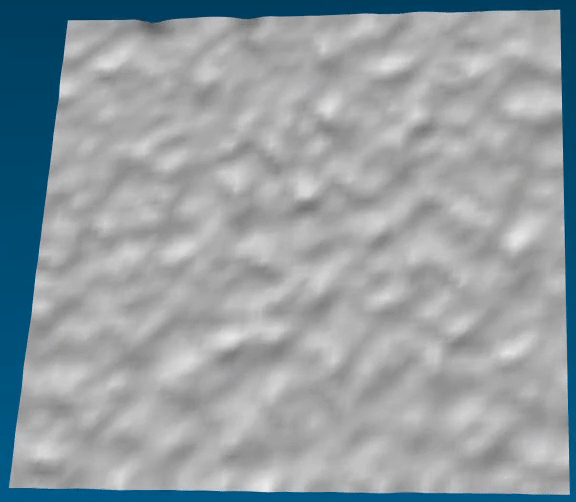Long road to a scientific discovery
Nanocoatings, tiny layers whose thickness is within few nanometers, are used in many areas such as textile and medicine, but current production technologies are not eco-friendly. Researchers from the Department of cell physiology and metabolism revealed the secrets of how the thin and transparent coating covering the eyes of fruit flies is made, a discovery published in the journal Nature and paving the way to promising applications.
A long story
This story starts about ten years ago, in 2011, when Professor Vladimir Katanaev and his team observed for the first time this nanocoating covering the eyes of fruit flies and revealed that it is made up of tiny protuberances with anti-reflective, anti-adhesive properties. “Nanocoatings were already known to cover the surface of the eyes of some insects, but detecting them on these well-studied flies opened a new playing field.” explains Mikhail Kryuchkov, first author of the study.
Four years of hard work later, researchers were able to propose a theoretical model of the formation of this nanocoating. Inspired by the model of the British mathematician Alan Turing, they proposed that the spatial organization of two molecules might be enough to produce the pattern of the fruit fly nanocoating.
Reproducing the nanocoating
Thanks to biochemical analyses and the use of genetic engineering, researchers have now succeeded in identifying the two components involved in the genesis of the nanocoating: a protein called retinin and wax. However, they did not stop on such a good path and found a way to reproduce this nanocoating. Their method, in contrast to current ones, has the advantage of being inexpensive, benign and totally biodegradable.

By playing with the localization and the concentration of retinin and wax, researchers could theoretically build up any form of nanocoating, even the logo from the University of Geneva UNIGE if they want. © unige – Mikhail Kryuchkov
This is just the beginning
This new discovery opens the way towards a large number of applications, ranging from contact lenses, to medical implants and solar panels. Its anti-reflective properties, for example, have already aroused a certain degree of interest among manufacturers of contact lenses.
5 Oct 2020
